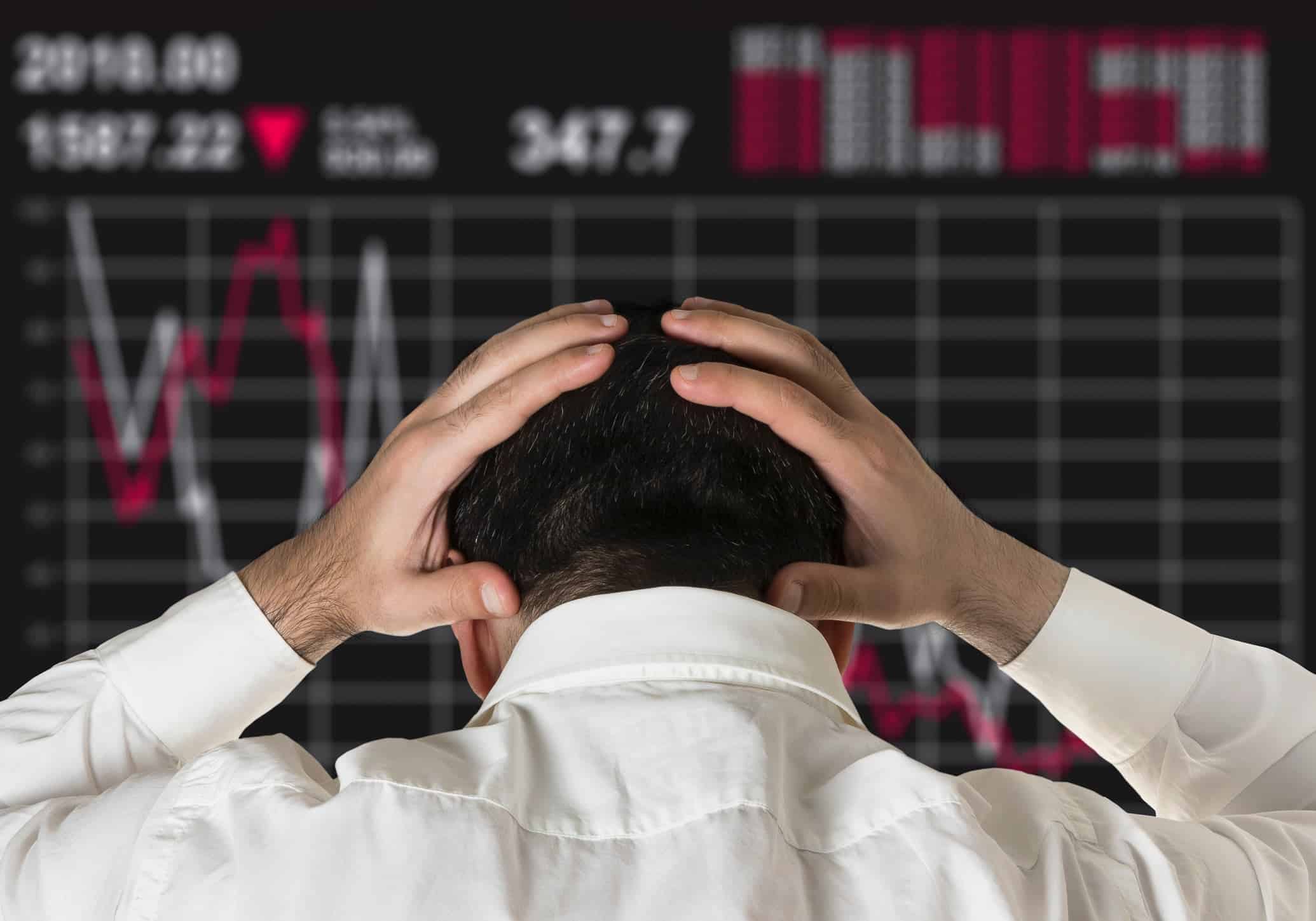Sooner or later, as an investor, you will make a mistake. Whether that mistake is a bad stock pick that tanks and never recovers, buying at the peak, or panic selling, we’ve all been guilty of one or more of these at some time in our investing career. Fortunately, these mistakes are survivable and generally have a low impact on our portfolio’s performance over the long run.
However, there are a few mistakes that could drastically hurt your investment’s performance and cause you to miss your goals over the long term. And no, I’m not talking about following r/WallStreetBets and buying the latest meme stock after Elon Musk tweets about it. These mistakes have the potential to snowball and cost you tons in realized losses and unrealized returns. Let’s analyze them and see how we can avoid running afoul.
1. Failing to diversify
Diversification has been called “the only free lunch in investing”. An investment portfolio comprising many different assets will return more for less risk over a long period of time compared to a concentrated one. Diversifying also ensures that no single stock can tank your entire portfolio if it goes wrong. As an example, think about all the poor employees of Enron back when it went bankrupt in 2001, with 100% of retirement funds in worthless Enron shares.
Diversifying can be done in many ways. You can diversify across different assets by buying REITs, bonds, gold, commodities, or even crypto in addition to your stock portfolio. You can diversify across different geographies by investing in the U.S., European, or Asian markets outside of just Canada. You can diversify across industries by holding stocks in tech, finance, industrial, retail, etc. Doing so hedges your bets against the possibility that one bad pick drags the entire portfolio down.
2. Trading too often
An investment portfolio is like a bar of soap: the more you handle it, the smaller it gets. Trading too often can cause drags on your performance. The primary culprit of this is the commission. Although it varies, you can expect to pay anywhere between $5-$10 per trade at most brokerages across Canada. With frequent trading, the commission fees can quickly eat up your returns, leaving you wondering what happened to your portfolio.
Even with the advent of 0-fee brokerages like Wealthsimple Trade, frequently trading will incur hidden costs that build up over time. The bid-ask spread (the difference between what people want to pay for your stock vs what you want to sell it for) can quickly add up with frequent trades, especially in less popular stocks. In a taxable account, frequently trading will also lead to the realization of more capital gains tax, which takes a dent out of your returns and also creates a headache during tax filing season.
3. Overestimating risk tolerance
Not understanding your risk tolerance, or worse, overestimating it can lead to serious damage to your portfolio. Your risk tolerance is a combination of two things: how much volatility you’re willing to accept, and how long you’re willing to accept it. For example, as an investor with a very high-risk tolerance, I’m fine with stomaching an unrealized loss of more than 50% for a year or more. As a general rule, investors are compensated for certain types of risk. For instance, riskier index funds tend to also have the prospect for greater returns compared to bond funds.
The last decade for stocks has been a prolonged bull market in which most strategies have made positive, often sizeable returns. It’s easy to get caught up in the mania of seeing gains and assuming that it will always be this way moving forward. The opposite is likely true, namely, that the first bear market will be a shocker and severely test your assumed risk tolerance. Make sure that your investments properly align with your actual tolerance for volatility — those inevitable ups and downs — so that you can calmly ride out the downturns, stay in the market, and survive to the next bull run.
The Foolish takeaway
Good investors diversify their portfolios, trade only when needed, and properly gauge their risk tolerance. They understand the importance of a well-documented, closely adhered to investment thesis and plan that contains the rules governing these concepts. Doing so reduces the controllable sources of risk that could threaten your investing strategy: over-concentrated holdings, high fees, and costs, and excess volatility. By mitigating these factors, your portfolio stands a better chance of matching or even beating the market over the long run.


